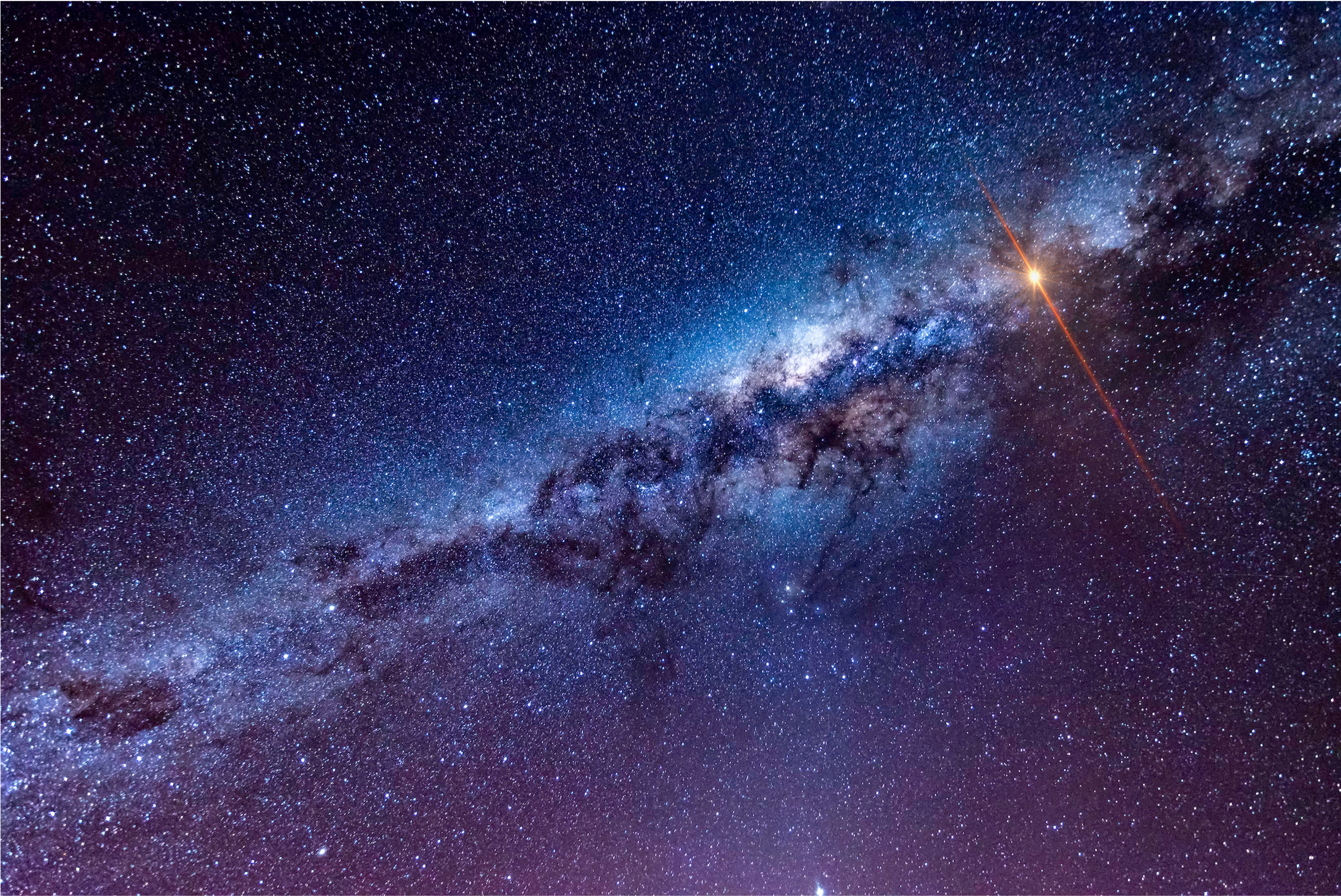The curious world of FRBs!

What are FRBs?
FRBs are extemely energetic, extremely luminous bursts in the radio spectrum that last for merely a few milli-seconds! They are extra-galactic in nature (i.e., found outside of our Milky Way galaxy) and are 10 orders of magnitude more luminous than a galactic pulsar!
What causes FRBs?
Short answer: WE DO NOT KNOW!
At first we thought that these bursts were caused by some extra-terristrial intelligence! (Well, that is not super super plausible, as we now feel...)
Hmm, so what else could give rise to them? The progenitor theories are divided into two main forms:
Cataclysmic events: These are theories when the objects giving rise to these events are destoyed after its creation. Examples of these kind of theories include events like a core-collapse supernova (CCSN) , Super-Luminous Supernova (SLSN) or a Long Gamma Ray Burst (LGRB). They can also be formed from compact object mergers (Neutron Star, White Dwarf and Blck Hole binary mergers)
Non-cataclysmic events: These are theories when the objects giving rise to these events are not destoyed after its creation. Examples of these kind of theories include events in which a magnetar gives rise to an FRB, or when a pulsar gives off giant flares, or a burst caused by a young Super Nova Remnant (SNR) pulsar.
Why are FRBs exciting?
Well, despite not knowing what gives rise to them, owing to the fact that they are extra-galactic, they can give us a lot of information about our universe. For example,
Most of the baryonic content in Universe is in highly diffuse state and is difficult to observe using normal spectroscopic methods. Only a small fraction of it can be seen in galaxies and galaxy clusters. The contribution of every single ionised baryon along FRB sightlines is additive to the total dispersion measure of the bursts, it can provide us as a direct measurement tool for baryon. With the help of something called the Macquart relation>, we can measure the cosmic baryon density!
The circumgalactic medium (CGM) plays a huge role in galaxy formation, evolution and star-formation through processes like accretion and feedback. So, understanding how baryons are distributed in the CGM is fundamentally important. And yes, FRBs can help us in learning more about the CGM.
High redshift FRBs can also be used to understand the epoch of re-ionisation.
There are several other use cases of FRBs!
If you wish to read more about this phenomenon, please ccheck out my PhD thesis!